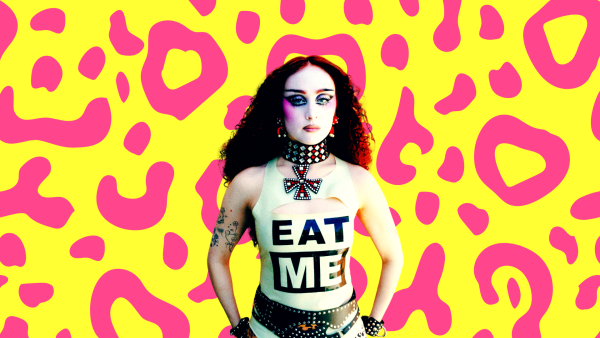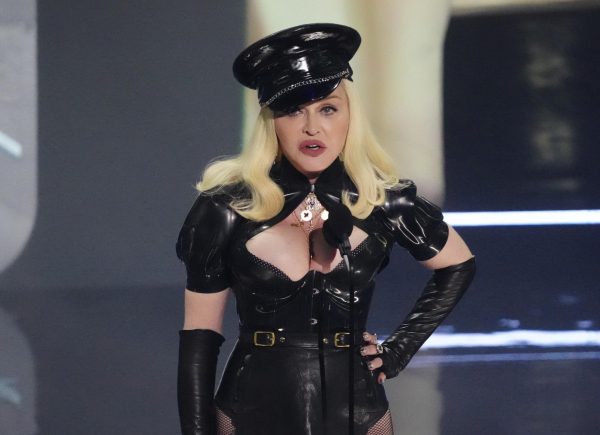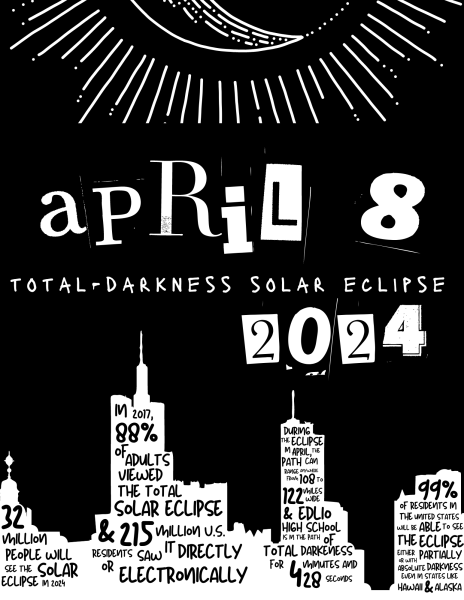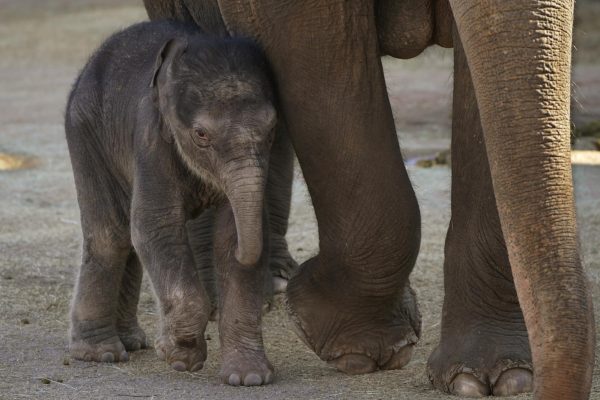Zoos, Aquariums Profit from Animal Abuse
February 5, 2021
Imagine going out on a summer morning with your family to watch humans crammed in a cage. Cruel, right? Yet we do this with animals in zoos; we imitate thier habitats atrociously and subject them to solitary confinement. We lock them up in glorified cages, and we pay to watch them suffer.
I remember seeing Kali the polar bear for the first time at the St. Louis Zoo in 2015. I anticipated her arrival, thinking how remarkable it would be to see a polar bear. It was not until a few years ago I realized just how wrong keeping an arctic creature in St. Louis is.
Shockingly, polar bears are not meant to be locked up in a zoo.
“Captive polar bears, along with orcas and other cetaceans, suffer from more sickness and psychologically related illness than any other animals kept in captivity,” according to the Bear Conservation.
Captivity brings many problems, one of them being the mediocre enclosure sizes.
According to the Bear Foundation, polar bears in the wild travel hundreds of miles for food, yet the polar bear enclosure at the St. Louis Zoo is 40,000-square-feet. If that seems adequate to you, try living your life in your bedroom and having swarms of people watch you from your window.
The worst part? Many zoos that have polar bears do not even make proper enclosures. According to the Bear Foundation, many bears develop severe stress symptoms like “continually shaking their heads, pacing up and down their enclosures or swimming in a stereotypical fashion.”
Humans are not the only animals that need companionship. Social animals like orcas have been kept captive in aquariums like Seaworld.
John Hargrove was a trainer for 12 years at Seaworld and told the Smithsonian the whales were “forced to perform tricks for food that trainers withheld as punishment.”
These whales are confined in a concrete cell with water filled with chemicals that causes many animals to go blind and develop arthritis, Hargrove told The Guardian.
Seaworld’s famous killer whale Tilikum was nabbed from his pod at age 2, traumatizing him while his mother continued to follow the boat until she was not able to, according to One Green Planet.
We separate whales with the most horrific techniques, knowing well these intelligent creatures barely differ from us. He lived the rest of his captive life in misery. Tilikum died at 35 when the average lifespan for a whale spans around 50 to 90 years.
Tilikum was taken from his home, put in a glass box, and forced to perform for food and Seaworld excused it for profit.
Orcas and polar bears are only a few amongst the endless amount of animals being tortured in the animal entertainment industry.
According to World Animal Protection, 75% of animals in the World Association of Zoos and Aquariums are being mistreated.
People felt trapped from being in their homes during the COVID-19 lockdown, so imagine the daily life of captive animals. People felt suffocated being in lockdown but these animals endure abuse everyday.
We see endangered species in zoos and are told that it is for rehabilitation. Humans caused 1 million species to become endangered according to NBC. We have the nerve to trap them for entertainment and call it rehabilitation. We are the cause and the abusers.
If you care for the real rehabilitation of animals, giving more profit to zoos and aquariums is not the answer. Try visiting animal sanctuaries, where animals’ needs are taken seriously. Better yet, leave animals alone.




















